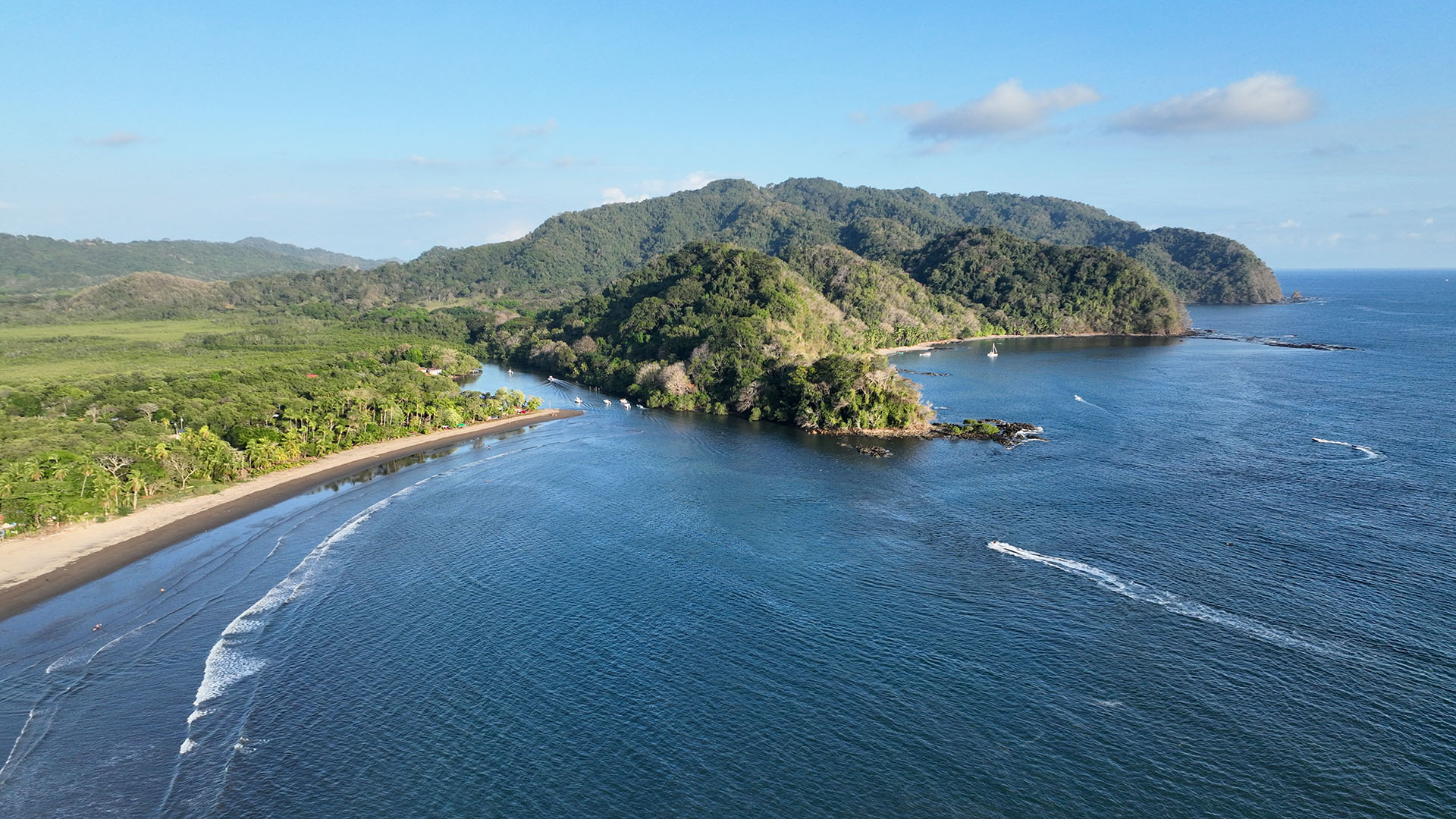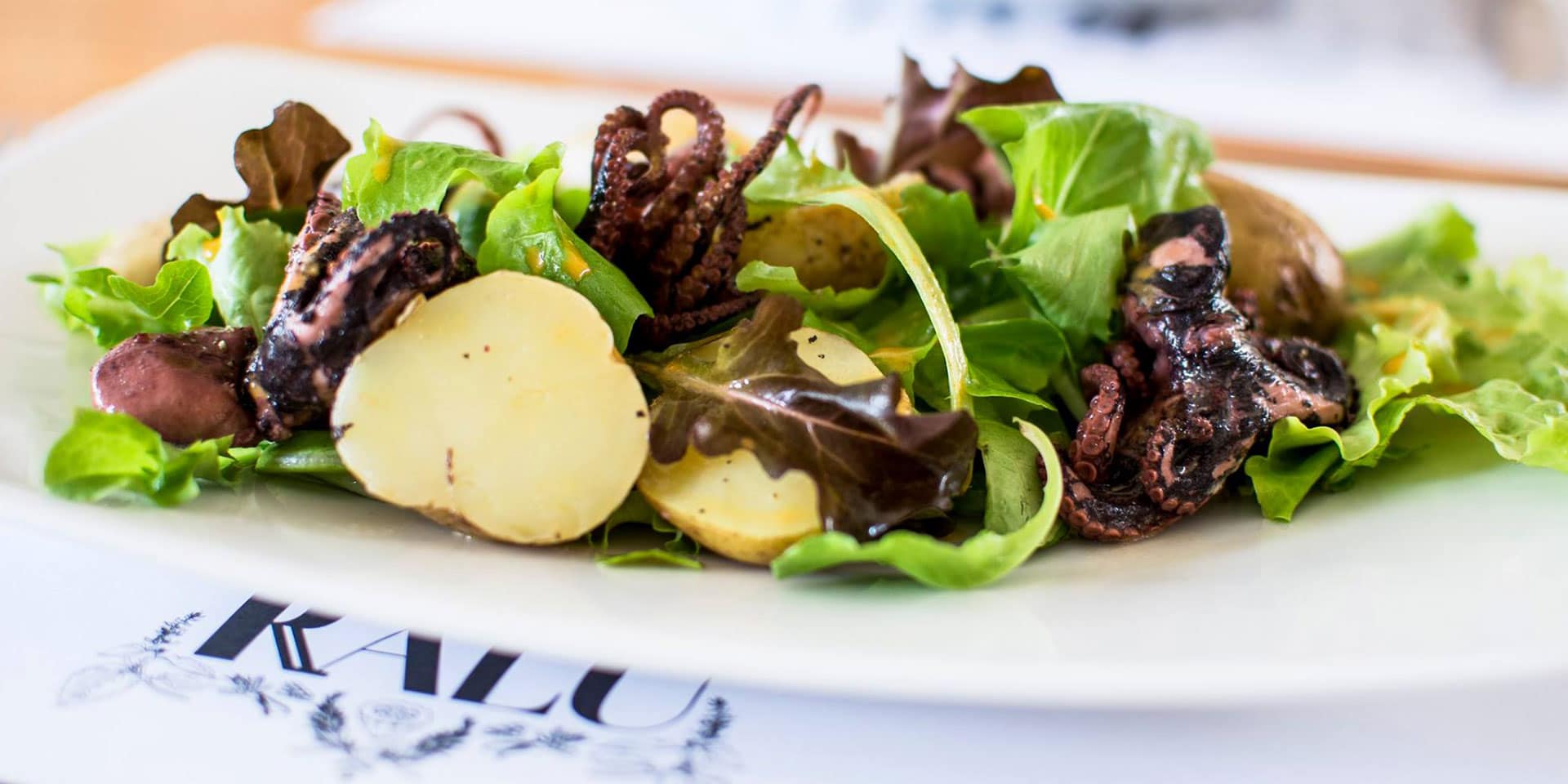Costa Rica’s beauty and biodiversity are staggering. Home to active volcanoes, lush rainforests, and palm-fringed coastlines, this Central American nation is a paradise for nature lovers. Ticos and ticas, as Costa Ricans call themselves, know how to live and it’s impossible not to get swept up in the pura vida spirit here.
featured stories

Living the Pura Vida: How to Slip Into a Costa Rica State of Mind
The saying “pura vida” translates into English literally as “pure…

Exploring the Parks and Beaches of Guanacaste, Costa Rica
Trek into Costa Rica’s Rincon de la Vieja National Park,…

A Foodie’s Guide to San José: The Fast-Growing Food Scene of Costa Rica’s Capital
You already know that Costa Rica’s gorgeous beaches, lush rainforests…
where to stay
- W Costa Rica – Reserva Conchal
- El Mangroove, Autograph Collection
- Hotel Punta Islita, Autograph Collection
- JW Marriott Guanacaste Resort and Spa
- Costa Rica Marriott Hotel Hacienda Belen
- Los Suenos Marriott Ocean & Golf Resort
- Aloft San Jose Hotel, Costa Rica
- AC Hotel San Jose Escazu
- Courtyard San Jose Escazu
- The Westin Golf Resort & Spa, Playa Conchal – All-Inclusive
All Stories
did you know?
More than 500,000 species of animals call this nation home, making Costa Rica one of the densest concentrations of biodiversity on the planet.
QUICK GUIDE

WHEN TO GO
Costa Rica’s diverse geography means that it sports a surprising range of microclimates within a relatively small area. Due to its proximity to the equator, the overall climate is tropical throughout the year. The dry season runs from December through April, though this is also peak season, when prices are highest (particularly around the holidays and spring break). Prices drop between May and November, though this is the rainy season, so be prepared for intermittently wet weather.

NEED TO KNOW
Visas: Visitors from all nations must have a valid passport good for at least six months beyond the dates of their trip. Citizens of the United States, Canada, Great Britain and most European nations may visit for a maximum of 90 days without a visa.
Money: Costa Rica’s currency is the colón; however, U.S. dollars are widely accepted and dispensed from most ATMs. Travelers should still carry colónes to use in small towns or shops, and for bus fares. Credit cards are generally accepted.
Travel Health: Check with Visit Costa Rica for the latest health safety information, including travel protocols and requirements like negative COVID-19 tests, quarantines, mask mandates and more in connection with COVID-19. Before traveling, research and prepare for what to do if you get sick while away.

GETTING AROUND
Getting Here: Costa Rica has two international airports: Juan Santamaria International Airport, often referred to as San Jose, and Daniel Oduber International Airport – LIR, or Liberia.
Getting Around: Look out for Costa Rica’s red taxis for a safe, convenient method of transportation. Many hotels will also offer shuttle services from Liberia and San Jose. Uber, while not fully legal, also has a substantial presence in San Jose and rideshares tend to be cheaper than the official taxis.

LOCAL INTEL
Local Lingo: Spanish is the lingua franca here, although the country’s thriving tourism industry means that English is widely spoken and understood at popular destinations. One distinctly Costa Rican phrase you’ll hear a lot is “Pura vida.” While it literally translates as “pure life,” it can mean “hello,” “goodbye,” or even “thank you.” It encapsulates Costa Rica’s laid-back, fun-loving approach to living the good life.
Must-Have App: CRMaps; InCostaRica; Moovit
Insider Tip: Car rentals in Costa Rica can be on the pricey side. Be sure to comparison shop early if you’re planning to rent a car. If you’re not planning on any extensive road tripping, it may actually be cheaper to rely on private transfers from hotels and tour operators.






